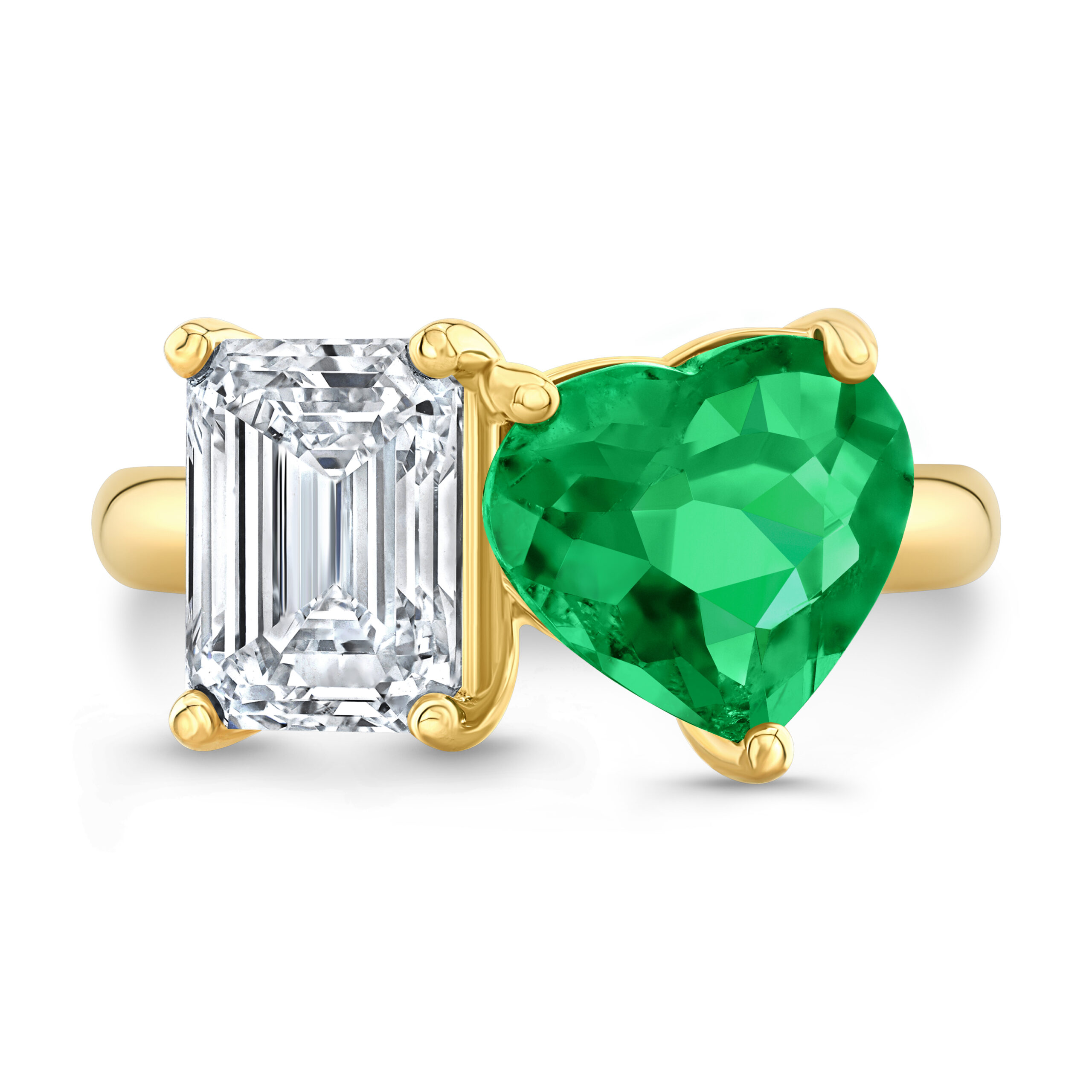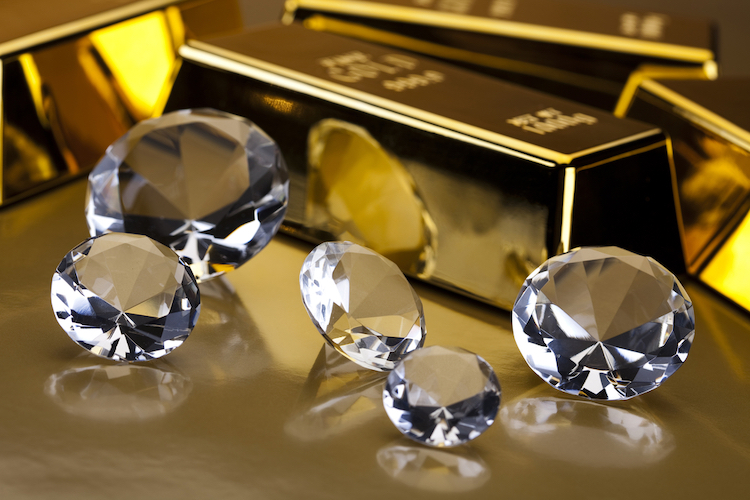When it comes to lab-grown diamonds, two of the most common methods used for their creation are High Pressure High Temperature (HPHT) and Chemical Vapor Deposition (CVD). Both methods have their advantages and differences, and understanding HPHT vs CVD is essential for anyone considering purchasing a lab-grown diamond. Each technique offers a unique approach to diamond synthesis, and knowing the characteristics of each can help you make an informed decision.
Table of Contents
What is HPHT?
HPHT, or High Pressure High Temperature, is a process used to create diamonds by replicating the extreme conditions found deep within the Earth’s crust. The HPHT method involves subjecting carbon to both high pressure and high temperature, usually in a press machine. This results in the carbon atoms arranging themselves into the crystal structure that forms a diamond. In the HPHT vs CVD comparison, this process is often considered more traditional and has been used for many years, originally for producing synthetic diamonds for industrial purposes.
The HPHT process typically involves three different techniques: the belt press, the cubic press, and the split-sphere press. These methods all rely on extreme pressure (typically above 1.5 million pounds per square inch) and high temperatures (around 1,500 to 1,600 degrees Celsius) to mimic the natural diamond-forming environment. HPHT diamonds can sometimes have a distinctive color, with yellow and green hues being common, as the process can also involve trace elements such as nitrogen.
What is CVD?
CVD, or Chemical Vapor Deposition, is a different technique used in the creation of lab-grown diamonds. The CVD process involves the use of a gas mixture, typically methane and hydrogen, which is heated to extremely high temperatures in a vacuum chamber. The gases break down, and carbon atoms are deposited onto a substrate, building up layer by layer to form a diamond crystal. In the HPHT vs CVD debate, CVD is considered a more modern method for producing high-quality diamonds with fewer impurities.
CVD diamonds are grown in a controlled environment, and the process typically takes several weeks. One of the benefits of the CVD method is that it allows for greater control over the diamond’s characteristics, such as clarity and color. Additionally, CVD-grown diamonds are often purer compared to HPHT diamonds, as the process results in fewer inclusions and impurities.
HPHT vs CVD: Differences in Diamond Quality
One of the main differences between HPHT vs CVD is the quality of the diamonds produced. HPHT diamonds are known to sometimes contain more impurities, such as nitrogen, which can affect the diamond’s color and clarity. These diamonds may also have a more yellowish or greenish tint due to the inclusion of nitrogen. However, HPHT diamonds can still be of excellent quality, and the process is often used to create diamonds for industrial applications as well as jewelry.
On the other hand, CVD diamonds tend to have fewer impurities and can be produced with higher clarity and better color. Since the CVD method offers more control over the process, the diamonds tend to be more consistent and can be tailored to meet specific quality requirements. For those looking for a flawless, colorless diamond, CVD is often the preferred method.
HPHT vs CVD: Cost Considerations
When comparing HPHT vs CVD from a cost perspective, HPHT diamonds tend to be less expensive. The HPHT method has been around longer, and the equipment needed to create diamonds using this technique is relatively less expensive than the equipment required for CVD. As a result, HPHT diamonds are often more affordable, making them an attractive option for those on a budget.
In contrast, CVD diamonds tend to be more expensive due to the longer growth process and the advanced technology required for their production. The cost of the equipment and the time needed to grow a CVD diamond contribute to the higher price point. However, CVD diamonds are often regarded as a more premium option due to their higher clarity and color, which may justify the additional cost for some buyers.
HPHT vs CVD: Environmental Impact
Another important aspect to consider in the HPHT vs CVD comparison is the environmental impact of each method. Both HPHT and CVD are considered more sustainable alternatives to mining natural diamonds, as they reduce the environmental harm associated with traditional diamond mining. However, the environmental footprint of each method can vary depending on the energy required for production.
The HPHT process requires significant amounts of energy to generate the high pressure and temperature needed to create diamonds. This energy consumption can have a higher environmental impact compared to the CVD process, which tends to be more energy-efficient. CVD diamonds are often seen as a more eco-friendly option, especially when produced with renewable energy sources.
HPHT vs CVD: Applications and Popularity
In the HPHT vs CVD debate, it’s also worth considering the applications and popularity of each method. While both HPHT and CVD diamonds are commonly used for jewelry, HPHT diamonds are often preferred for industrial applications due to their ability to produce lab created diamonds with certain characteristics, such as toughness and durability. These diamonds are often used in cutting tools, abrasives, and other industrial applications where clarity and color are less of a concern.
CVD diamonds, however, have gained significant popularity in the fine jewelry market. Their high clarity and the ability to produce diamonds in various shapes and sizes have made them a popular choice for engagement rings, necklaces, and other fine jewelry pieces. Many consumers appreciate the fact that CVD diamonds are typically more eco-friendly and ethical, adding to their appeal.
Conclusion: Which Is Better, HPHT vs CVD?
Ultimately, the decision between HPHT vs CVD depends on personal preference, budget, and the specific characteristics you are looking for in a diamond. HPHT diamonds are often more affordable and have been used for a long time in both industrial and jewelry applications. CVD diamonds, however, are prized for their purity, clarity, and overall aesthetic appeal. Both methods produce diamonds that are virtually identical to mined diamonds in terms of chemical composition and physical properties.










